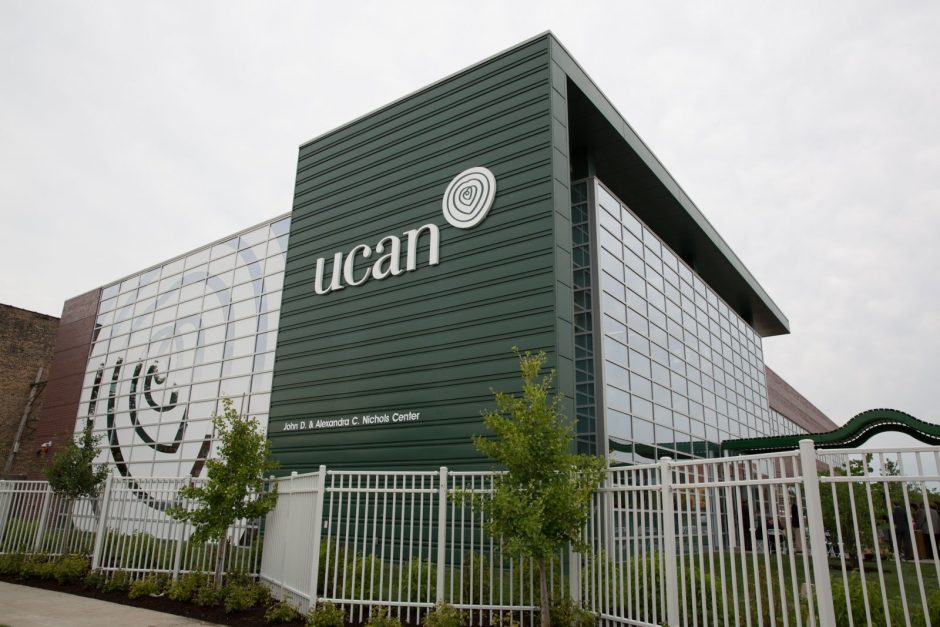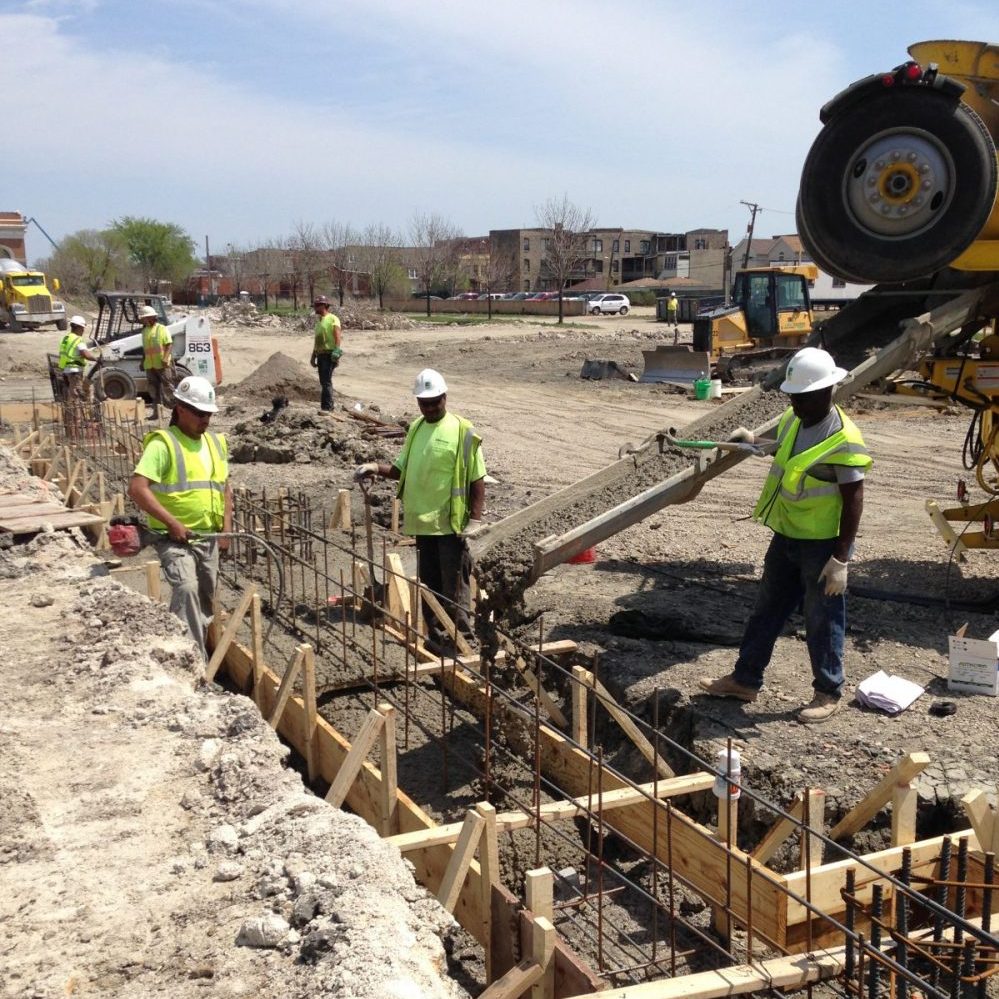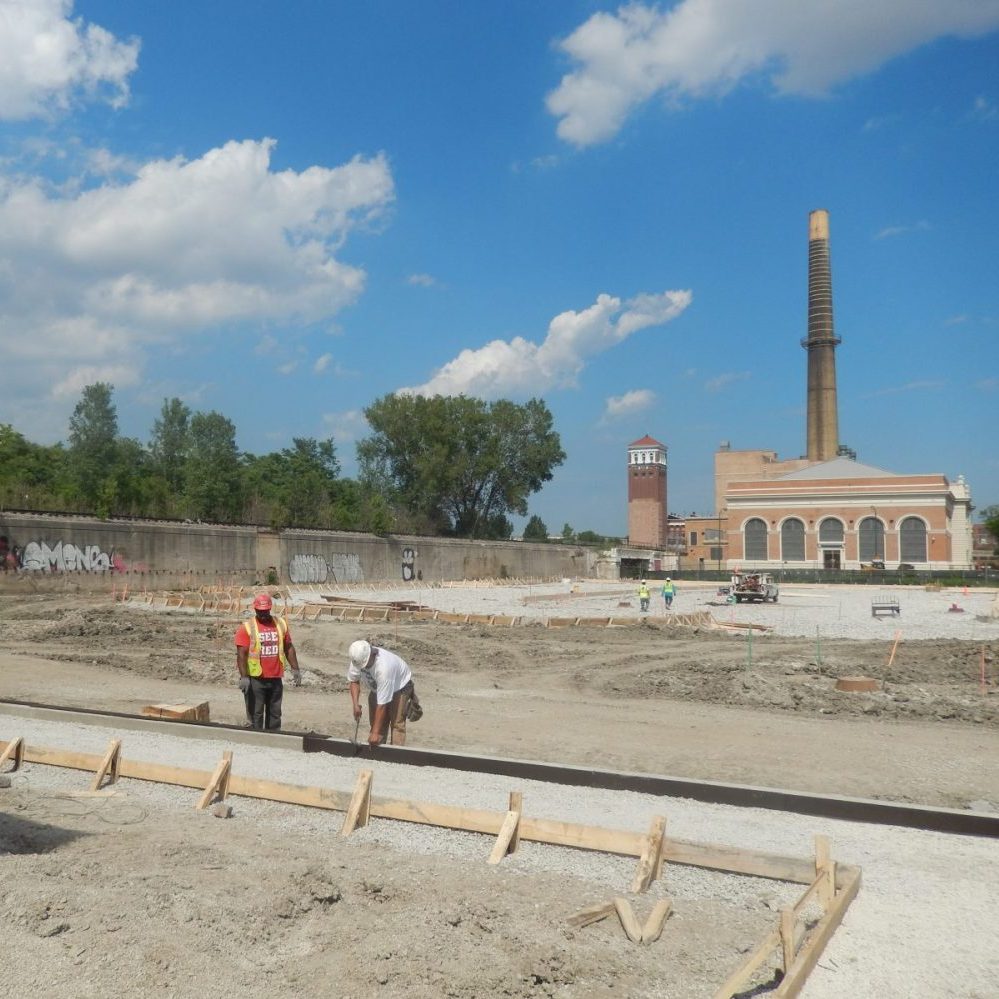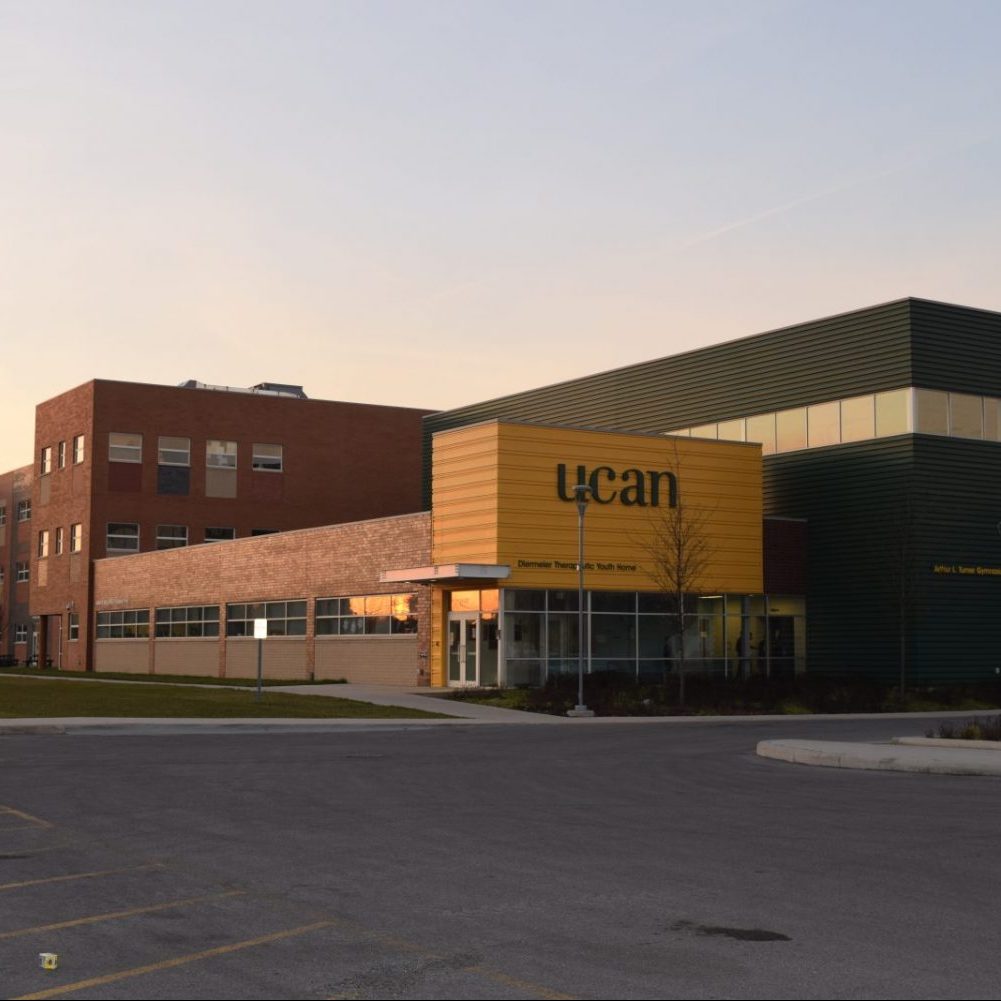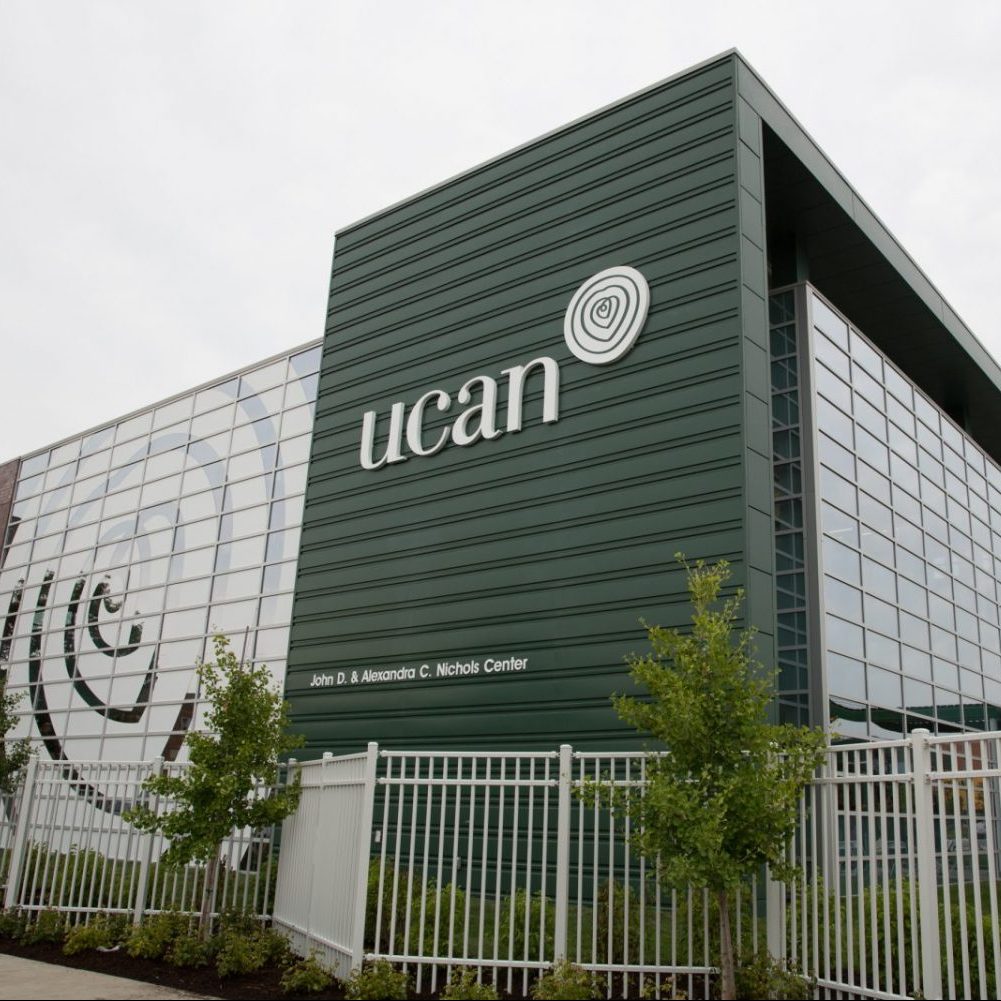UCAN’s Drost-Harding Campus
Location: Chicago, Illinois
Project Description & Impact: The $43 million campus includes the 70-Room Diermeier Therapeutic Youth Home, The Nichols Center, athletic fields, gymnasium, UCAN’s offices, conference rooms, services and programming for youth and families.
Client: UCAN
Financing Tools Used: New Markets Tax Credits, City of Chicago TIF Funds, DCEO Grant dollars, AHP Funds, and construction and permanent financing from various lenders.
The Story Behind This Project
UCAN is one of Chicago’s oldest, yet most innovative, youth services organizations that helps build strong youth and families through compassionate healing, education and empowerment. For nearly 150 years, UCAN has been a sanctuary for youth who have suffered trauma and neglect. With more than 30 programs, UCAN serves over 13,000 youth and families annually through a continuum of services that emphasize positive youth development. UCAN meets the changing needs of Chicago’s at-risk youth by transitioning them to programs as their needs change, and helps youth find and use their voice by promoting healing. UCAN’s dedicated staff of 700 plus employees make UCAN a recognized leader in trauma-informed treatment, violence intervention and prevention, and youth development. UCAN’s Drost-Harding Campus in North Lawndale comprises the 70-room Diermeier Therapeutic Youth Home, which provides high-quality housing and services to youth in care, and UCAN’s headquarters known as the John D. Alexandra C. Nichols Center. The seven-acre campus on the site of an old Sears distribution center features outdoor athletic fields, a healing garden, gymnasium, staff offices and multi-purpose conference rooms that are often used by community groups, nonprofits, schools and elected officials, among others. The campus provided an economic boost to the community through construction and permanent jobs as more than 70 North Lawndale residents work at UCAN, which spent more than $22 million with over 60 minority- and women-owned business during construction, surpassing the goal to spend 50% of the campus construction costs with MBEs and WBEs.
